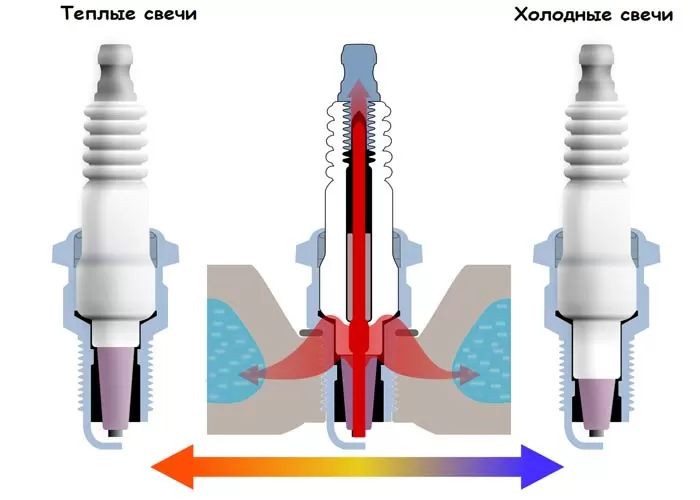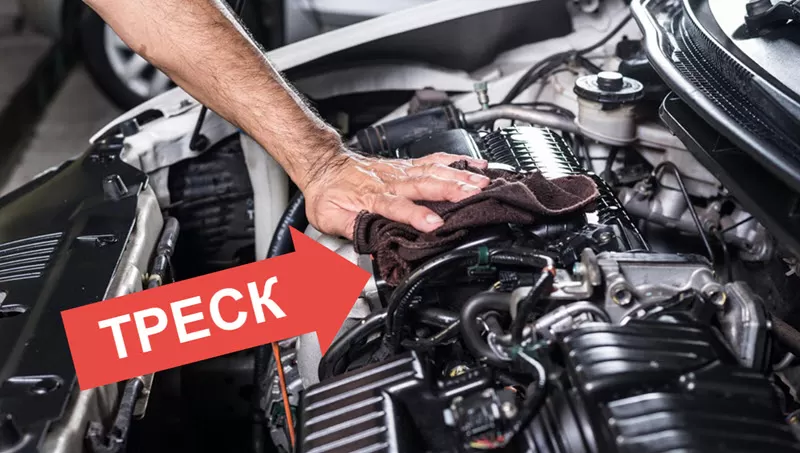
Why does a crackling noise sound when starting the engine on a cold
Content
A feature of the appearance of extraneous sounds when starting the engine in most cases is the unavailability of the engine for normal operation in terms of thermal conditions, the presence of lubricant of the required viscosity in the loaded units, as well as the failure of the hydraulics to reach the operating pressure.
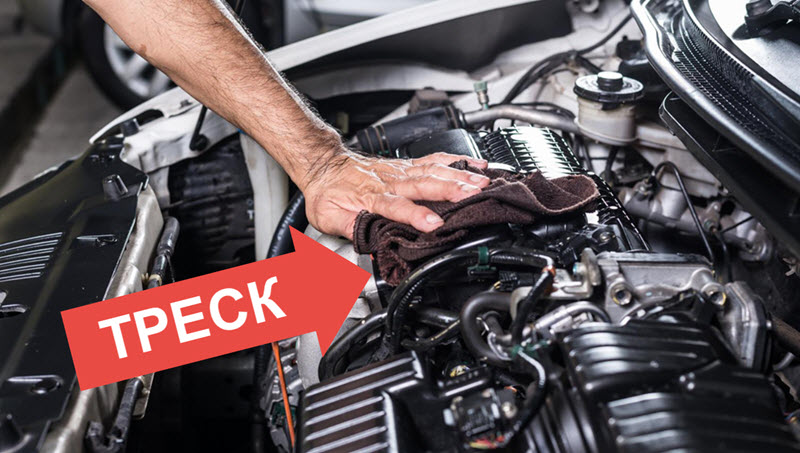
But the problem is that a serviceable power unit, even working louder than usual, until the end of warming up, should not make loud sounds that disturb the owner in the form of knocks, rattles and crackles.
Their appearance, despite the subsequent disappearance, indicates the beginning of the progress of malfunctions that threaten complete failure.
What can create a rattle and creak when starting a car
There are exactly as many sound sources as there are mechanical components in the engine and attachments. Therefore, it makes sense to single out a number of the main, most often manifested.

Starter
To transfer torque from the electric motor to the crankshaft, the retractor relay must work in the starter, then the brushes should transmit current to the collector, and the freewheel (bendix) with its drive gear should engage with the flywheel crown.
Hence the potential problems:
- at low voltage of the on-board network (discharged battery) or oxidized wiring terminals, the solenoid relay is activated and immediately released, the process occurs cyclically and manifests itself in the form of a crack;
- the bendix can slip, causing a rattle in its clutch;
- worn out inputs of the bendix gears and the crown will not provide confident engagement, making a loud crack;
- sounds in the form of a rattle will be produced by a worn starter electric motor and its planetary gearbox.
Troubleshooting depends on its location. The most common case is a voltage drop, you need to check the battery and the reliability of all contacts.
Power steering
The power steering pump must create a significant pressure, depending on the viscosity of the working fluid and the condition of the parts in the cold state. Wear and play will lead to grinding.
A characteristic feature will be an increase in sound when you try to turn the steering wheel. There will be an additional load on the pump, which will add volume and change the nature of the noise.


Watch this video on YouTube
Подшипники
All rotating parts of attachments run on bearings, which eventually develop lubrication and begin to break down.
As it warms up, the rotation levels off and the sound may disappear. But its appearance at the very beginning indicates the appearance of fatigue failures, cracks in the separators and the release of lubricant residues.


If you disassemble such a bearing, you can see the increased clearance, traces of pitting and rusty dirt instead of grease. Bearings or assemblies are replaced, for example, a pump or rollers.
Alternator belts and timing system
The auxiliary belt loads the guide rollers and the pulley of the generator itself with its tightness. The tighter the tension, the faster the bearings will wear out, as well as the belt itself. The drive will work with high frequency jerks, which will manifest itself acoustically the stronger, the lower the temperature.
Tension and guide rollers, belt, bearings of the generator rotor, its overrunning clutch are subject to replacement. If you perform maintenance in a planned schedule and install high-quality parts, then this reason is excluded.


Watch this video on YouTube
On many machines, the camshafts are driven by a toothed belt. It is very reliable, but durability is limited.
A scheduled replacement of a set of belt, rollers and pump is recommended approximately once every 60 thousand kilometers. It is not worth trusting manufacturers who promise a mileage of 120 thousand or more, this is unlikely, but a broken belt will lead to a major repair of the motor.
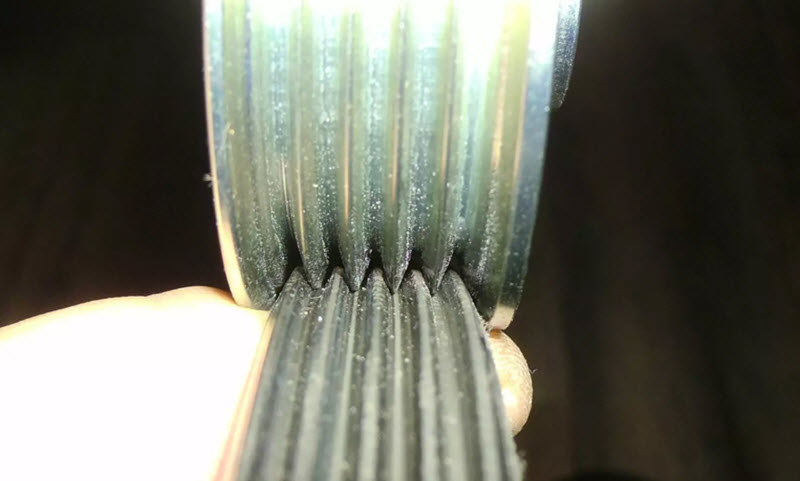

Parts of the valve mechanism can also be a source of knocks. The camshaft phase shifters wear out, valve thermal clearances go away or hydraulic compensators do not hold pressure where they are installed.
Much depends on the quality of the oil and its timely replacements. Not 15-20 thousand kilometers, as the instructions say, but 7,5, maximum 10 thousand. Further, the oil degrades greatly, and the filter becomes clogged with wear products.
Chain tensioner
In modern engines, manufacturers strive to minimize the amount of maintenance, so timing chain drives are equipped with hydraulic tensioners. These products in themselves are not absolutely reliable, besides, as the chain wears out (they do not stretch, as many people think, but wear out), the supply of the regulator is exhausted.
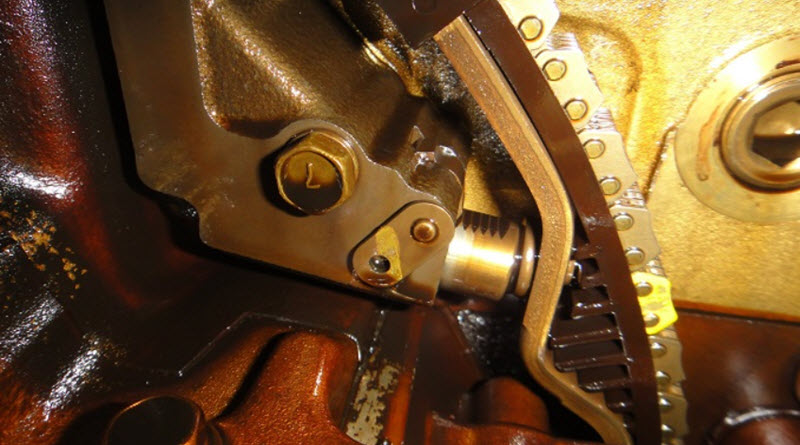

The weakened chain begins to knock, breaking all its surroundings, tensioners, dampers, casings and the hydraulic compensator itself. Replacing the kit is needed immediately, the entire drive will quickly break down, and the motor will require a major overhaul.
How to determine the location of the cod in the engine
In diagnostics, there are typical cases when the master, by the nature of the sound and the moments of its manifestation, can confidently say what exactly needs repair. But sometimes you need to listen more closely to the engine. Acoustic and electronic stethoscopes are used.
Valve clearances are clearly audible from the side of the top cover. These are sonorous knocks with a frequency below the speed of rotation of the crankshaft. Hydraulic lifters usually begin to knock at start-up, gradually stopping as they fill with warming oil. The knock of the camshafts in their beds is more booming.
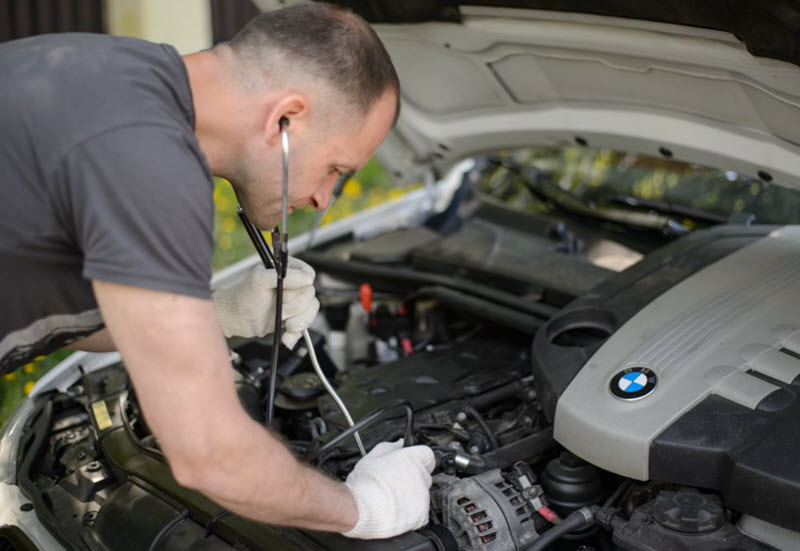

The timing drive is heard when examining the front cover of the engine. The beginning of roller wear manifests itself in the form of howling and whistling, after ignoring the need for replacement, it turns into a rattle, then they are completely destroyed with catastrophic consequences.
Attachment bearings are fairly easy to check after removing the belt. They rotate by hand with noticeable rolls of deformed balls, making a rattling sound even without load, and in the pump the gap will increase so much that it will no longer hold liquid with its stuffing box, drips will lead to antifreeze flooding of parts.
Belts must not be cracked, peeled or torn. But they change according to the rules, even if they look perfect. Internal damage will lead to an instant break.
Aftermath
The severity of the consequences depends on the specific motor. Structurally, they can more or less withstand the breakdown of individual parts, but in any case, this will mean towing or a tow truck.
If the pump drive fails, the engine will instantly overheat under load and get scoring or a wedge of the piston group. This is a major overhaul, the price of which is comparable to the cost of a contract motor.
According to problems with the timing drive, motors are usually divided into plug-in and plug-in.
- For the first, if the synchronization of the camshafts fails, a meeting of the valves with the pistons is inevitable, after which you will have to remove and sort out the block head.
- The second ones will simply stop, everything will be limited to replacing the timing drive.
But a modern motor is probably not protected from such a meeting. Economy requires a high compression ratio, there is simply no room for a stuck valve in the combustion chamber.
Hence the importance of timely maintenance with the unconditional replacement of consumables - belts, rollers, chains and automatic tensioners.
